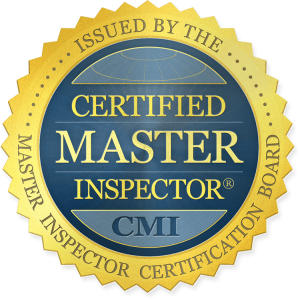- Potential health effects and symptoms associated with mold exposures include allergic reactions, asthma, and other respiratory complaints. Pregnant women, young children & the elderly are at higher risk.
- There is no practical way to eliminate all mould and mould spores in the indoor environment; the way to control indoor mould growth is to control moisture.
- If mould is a problem in a home, you must clean up the mould and eliminate sources of moisture.
- Fix the source of the water problem or leak to prevent mould growth.
- Reduce indoor humidity (to 30-60%) to decrease mould growth by:
- a. venting bathrooms, dryers, and other moisture-generating sources to the outside;
- b. using air conditioners and de-humidifiers;
- c. increasing ventilation;
- d. and using exhaust fans whenever cooking, dishwashing, and cleaning.
- Clean and dry any damp or wet building materials and furnishings within 24-48 hours to prevent mould growth.
- If found in small amounts, clean mould off hard surfaces with water and detergent, and dry completely. Absorbent materials such as ceiling tiles, that contain are mould, may need to be replaced.
- Prevent condensation: Reduce the potential for condensation on cold surfaces (i.e., windows, piping, exterior walls, roof, or floors) by adding insulation.
- In areas where there is a perpetual moisture problem, do not install carpeting (i.e., next to bathtubs, by sinks, or on concrete floors with leaks or frequent condensation).
- Moulds can be found almost anywhere; they can grow on virtually any substance, providing moisture is present. There are molds that can grow on wood, paper, carpet, and foods.


